It's rare these days that two people getting married would cause a scandal. We're of the mind that if two adults love one another, then we wish them good luck.
That's not always the way things were, though. All kinds of things — sometimes things we don't even consider anymore — used to keep people apart. In the Netherlands in nineteenth century, it was primarily class and religion that kept people sticking with their own kind.
But in 1842, without a care for what society might think, a 22-year-old woman married a 33-year-old colonel in the Dutch cavalry. But the age difference wasn't the reason for the shock.
She was Jonkvroure J.C.P.H van Aefferden, a Catholic woman and member of the Dutch aristocracy. Her husband, Colonel J.W.C. van Gorcum, was a commoner, and a Protestant. Their marriage caused a stir in the town of Roermond, but the couple didn't care.
They remained married for 38 years until van Gorcum passed away in 1880. As was custom, he was buried in the Protestant section of the local cemetery, which divided its occupants by faith. Different sections were allotted for Catholics, Protestants, and Jews, and each section was divided by a thick brick wall.
And if you were of a certain faith, you couldn't be buried in an other section, which meant that van Aefferden wouldn't be able to be buried next to her husband.
So she came up with a clever plan that's still charming people today, and proving that space, death, and difference have nothing on love.
[H/T: Visual News]
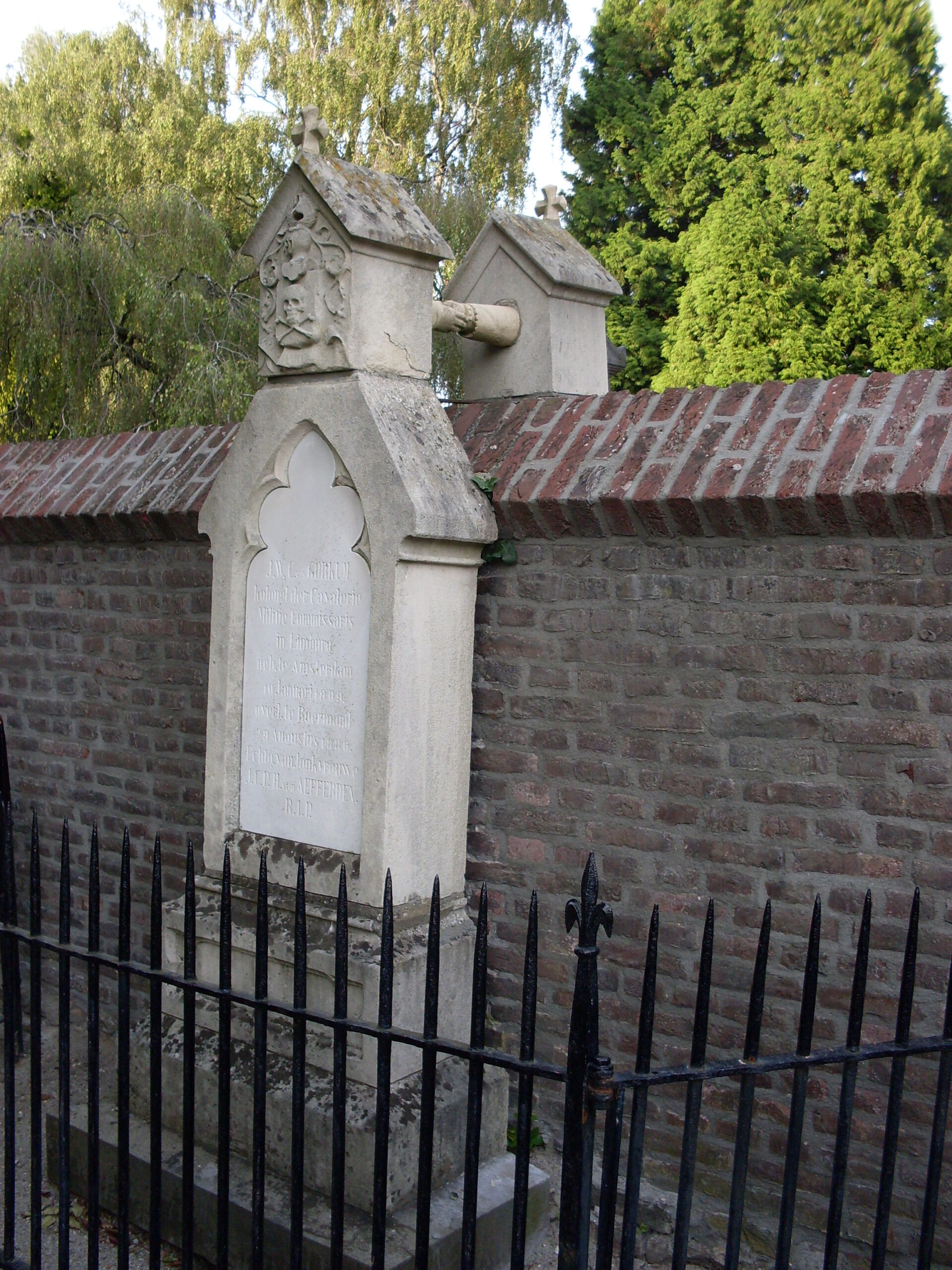
When her Protestant husband passed away in 1880, Jonkvroure J.C.P.H van Aefferden realized they would not be able to be buried together because different faiths were segregated, even in death, in Dutch cemeteries in the nineteenth century.
While both van Aefferden and her husband were Christian, they were different types, and in those days, it was considered a big deal. But van Aefferden had a plan.
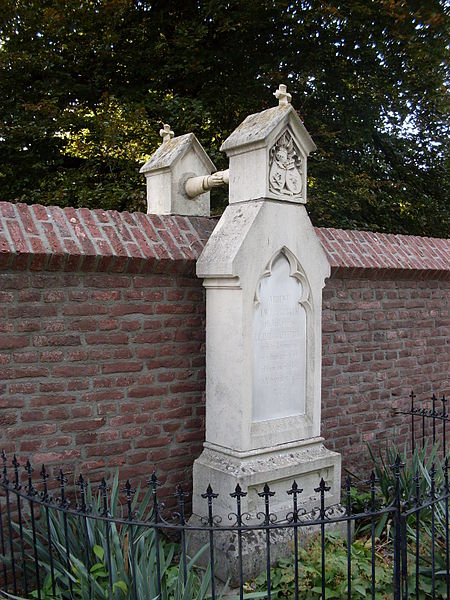
The Catholics and Protestant sections of the cemetery in Roermond — the city where they lived — were separated by high brick walls.
But with a little cleverness, this interfaith couple figured out a way to stay together, and show their love to the world, even in death.
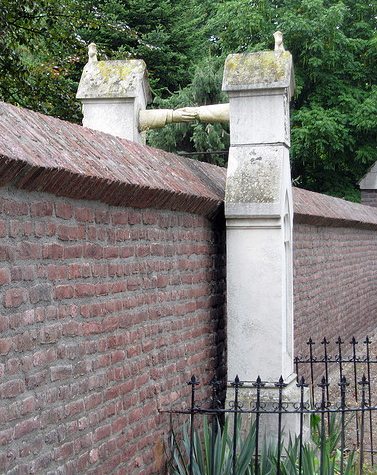
When van Aefferden died in 1888, she had her grave positioned against the other side of the wall from van Gorcum.
Then, she had the tombstones built up, and added on a pair of little hands clasping over the wall.
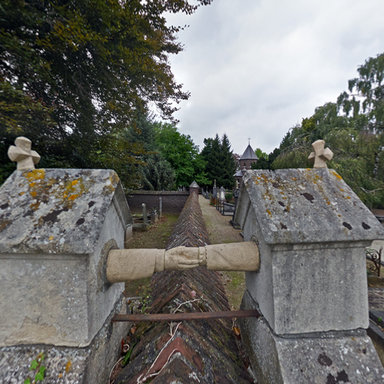
The hands join the couple over the wall, and reflect the barriers of religion and class they bridged in life. They show that no matter what rules society might have, love will always find a way.
Today, it's known as het graf met de handjes, which is Dutch for "the grave with the little hands."
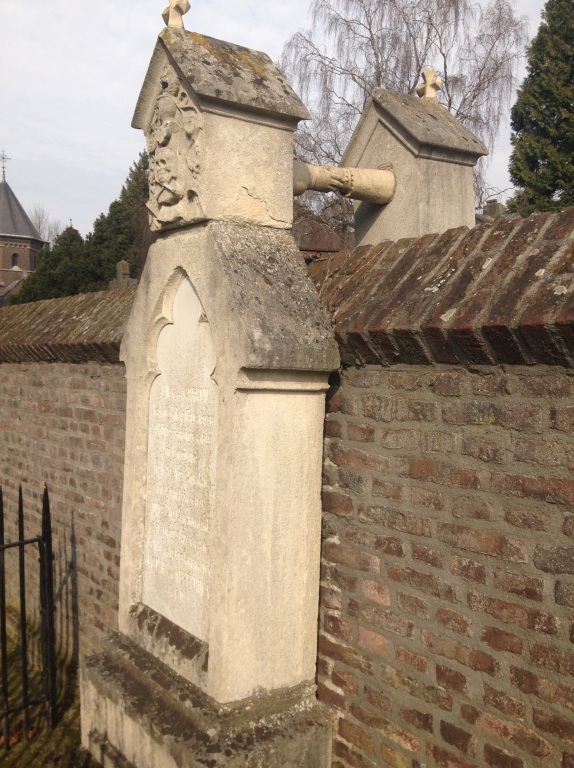
This is van Gorcum's grave, which is decorated with a carved skull and crossbones, while on the other side, van Aefferden's is decorated with a shield, possibly her noble family's crest.
While their interfaith marriage might have shocked some, their surviving family and community was happy to create this unique memorial to the couple.
Despite the fact that their marriage was considered unconventional at the time, the couple was well-liked in Roermond.
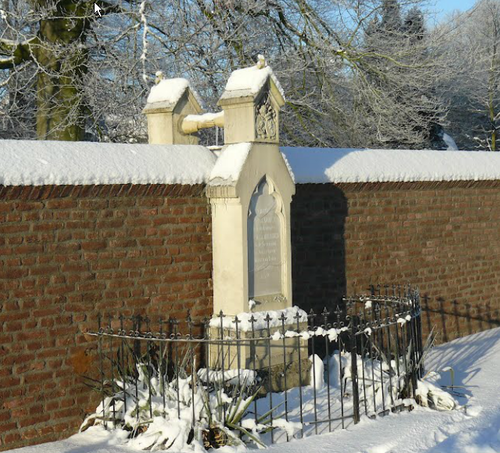
Today, their grave is a popular spot in the cemetery, and stands as a testament to not only the timeless union of two individuals, but maybe as a symbol of how love can connect people, no matter the barriers.
SHARE this story of timeless connection with anyone who can't resist a good love story, especially one that really stands the test of time.




